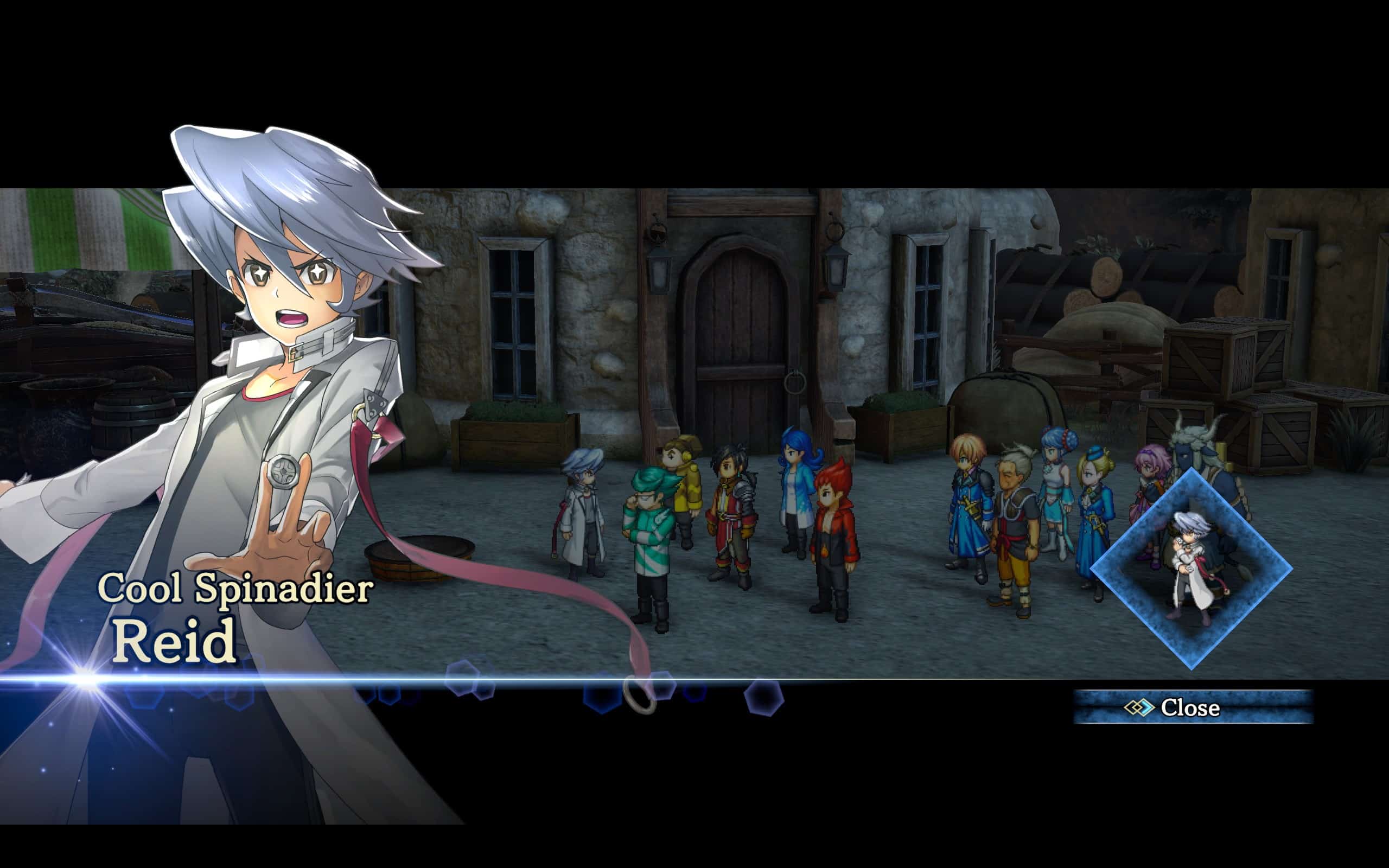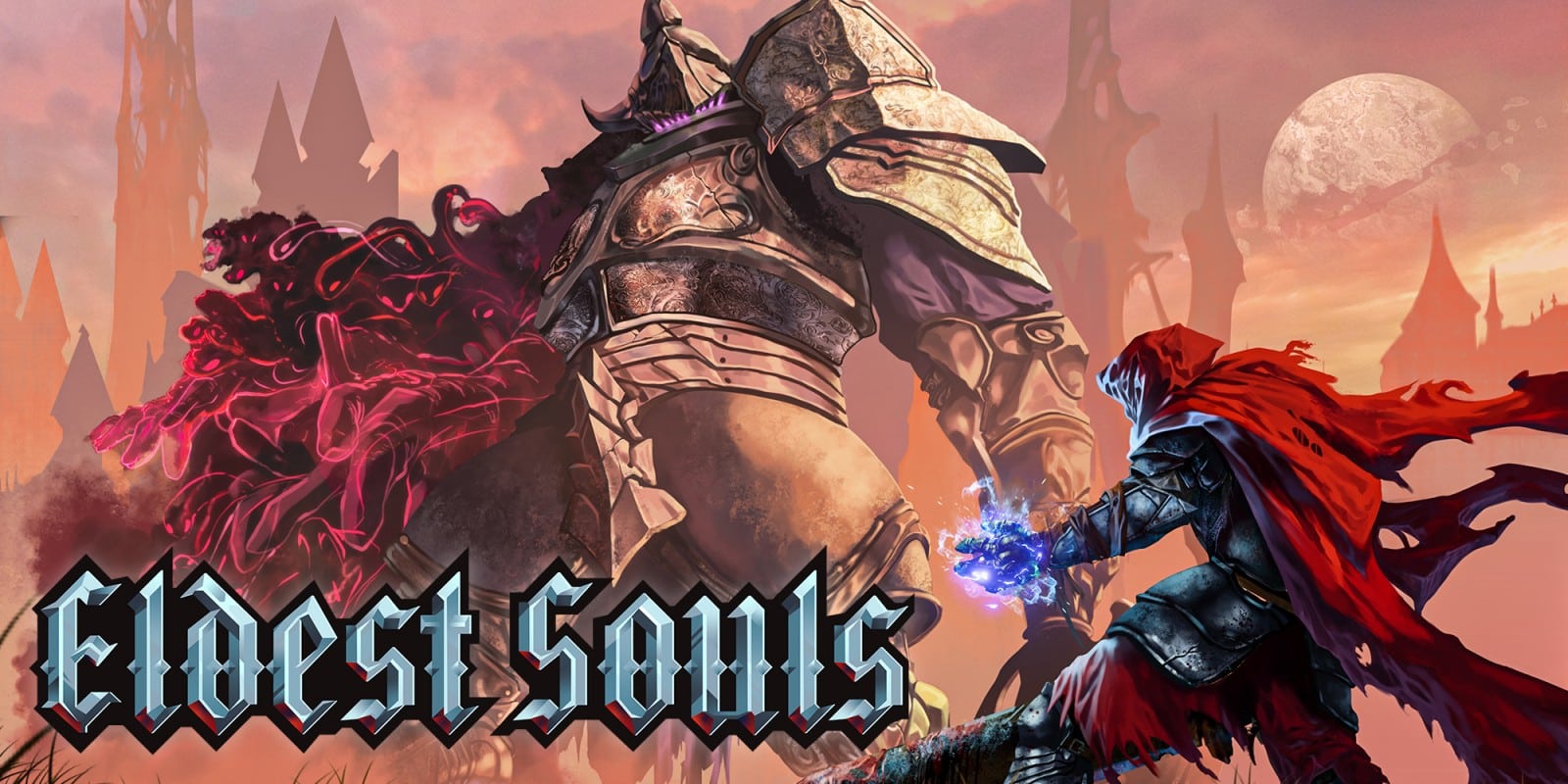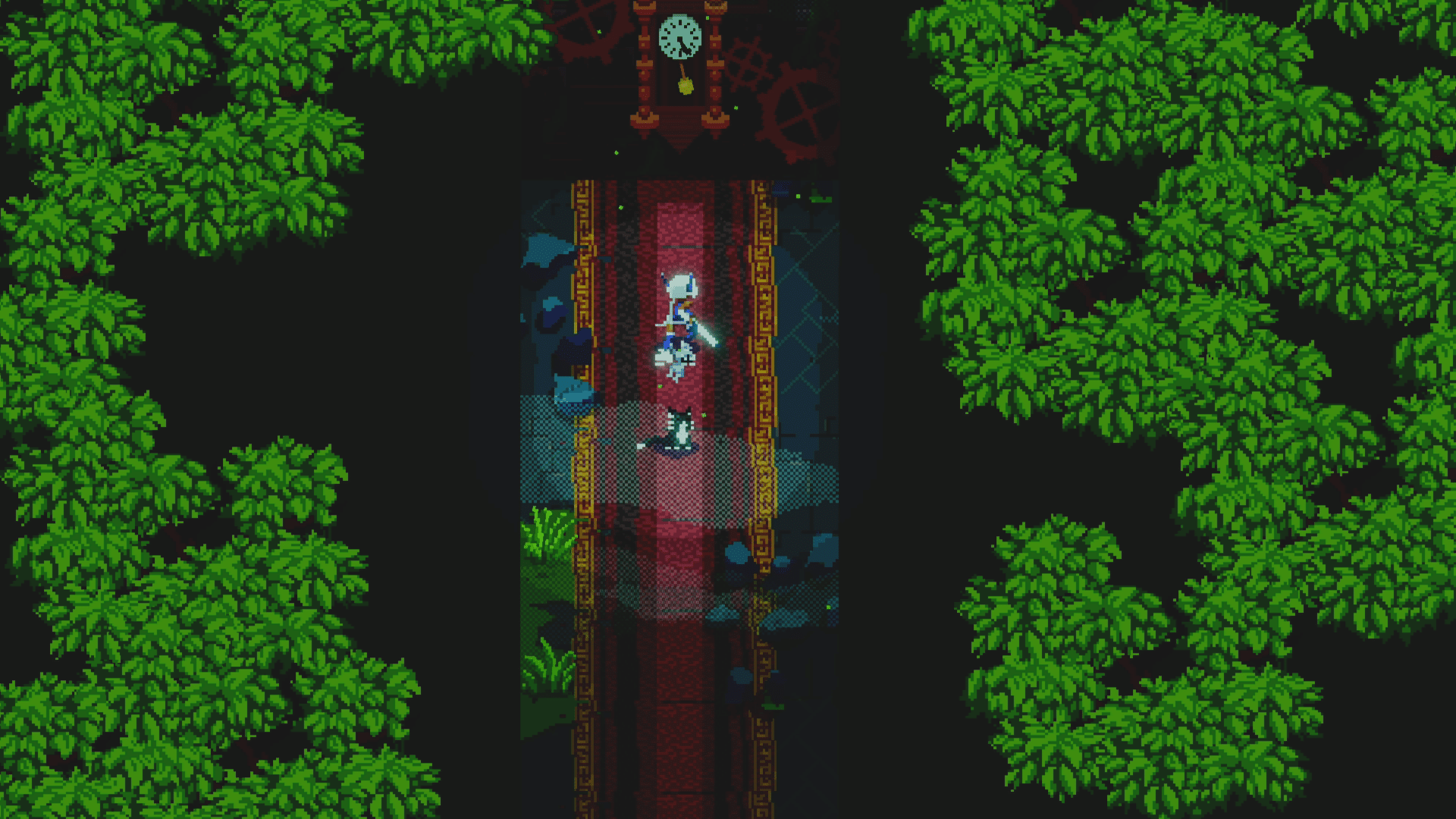In the leadup to Capcom‘s impending 2026 series revival via Onimusha: Way of the Sword, the company continues to pull the franchise’s backlog into the modern era. 2019 brought the remaster of Onimusha: Warlords, giving an HD facelift to the PlayStation 2 classic. Now it’s time for Onimusha 2: Samurai’s Destiny to get its turn to emerge from the annals of Sony’s sixth generation console library, gussied up for current-day displays no longer shackled to the 4:3 aspect ratio. While the first installment’s return was welcome, many have awaited the sequel, as it is arguably the most renowned and praised as the strongest entry for its evolution over its predecessor. But as with any game whose origins sit decades in the past, there’s a fine line between preserving the original form and those rougher edges sitting in stark contrast to modern systems.
Onimusha 2: Samurai’s Destiny continues the Oda Nobunaga storyline, leaving behind Samanosuke Akechi for new protagonist Jūbei Yagyū. Following an attack on Yagyu village at the hands of Nobunaga’s demonic forces, the sole survivor Jūbei is thrust into a revenge-driven journey to collect five orbs that can protect humans from demons, which would stop the encroaching hostile forces from wreaking further havoc. The uncomplicated narrative makes for an easy to follow tale, but it is still one that doesn’t shock or awe along the way. And those that have no childhood links to the title may find the lacking weight to be unengaging.

Preservation Over Transformation
However, it wasn’t Onimusha 2‘s story that drew attention in the early aughts; the slower, more thoughtful action combat compared to the initial installment is what drew praise. Jūbei has a basic combo to slash through the opposition, but the critical strikes sit as the bread and butter for exceptional single strike damage. Striking right as an enemy is executing their own strike results in an empowered slash that can quickly fell foes. Additionally, our hero can unleash Oni powers and take on his own demonic transformation, one that is no longer automatically triggered upon filling the purple orb slots; it’s a welcome quality of life change in the remaster.
Unfortunately, the onimusha form activation flexibility is one of only a few QoL updates in what is a fairly low effort remaster from Capcom. As expected, visuals and performance have received a boost on modern hardware, allowing for 16:9 resolutions at 60 frames per second—the original 4:3 aspect ratio is still available for those who desire a truly classic look. Additionally, players can now swap between weapons with D-pad inputs rather than having to interrupt the flow by repeatedly pausing the game to change up tactics. Additionally, there is a new Hell difficulty which presents the ultimate one-hit challenge for seasoned veterans. That endeavor is made a bit easier thanks to 360-degree analog control compared to the original tank controls. Lastly, the minigames are no unlocked from the start, for anyone interested. And that’s about it.

Fixed in its Ways
Onimusha 2: Samurai’s Destiny largely retains its 2002 form. While an innovative and exciting product more than 20 years ago, the rigid designs of yesteryear have only become more glaringly archaic in 2025. This is primarily in reference to the fixed camera angles, a design that mirror Capcom’s early Resident Evil titles, a clear blueprint from which Onimusha 2 drafted its framework. As players cut down demons, collect herbs and solve puzzles, they will be contending with the fixed camera angles along the way without reprieve. The camera leads to multiple frustrating instance of the camera snapping into a new position, leaving the player briefly disoriented as Jūbei is temporarily left running in an unintended direction. It’s a grating situation situation that is often made worse by poor angles making it unnecessarily difficult to see, and respond to, enemy attacks. For example. there were many moments where an enemy stood close to the camera, causing their body to block visibility of the enemy I was currently engaging in combat.
Onimusha 2: Samurai’s Destiny is a relic of its time. What was once considered an exciting step forward for the series has become a test for the limits of one’s nostalgia and patience. There’s still plenty of charm embedded within this PS2 remaster, but the enjoyment stemming from it will, to a great extent, be dictated by the player’s desire to revisit fond memories tied to the game. If Onimusha 2 doesn’t already hold a significant spot in your heart, the remaster isn’t likely to create that passion now.
Onimusha 2: Samurai’s Destiny Remaster Review Verdict
Onimusha 2: Samurai's Destiny Remastered: Capcom has taken the path of least resistance in bringing Onimusha 2: Samurai's Destiny to modern platforms. The PS2 classic has been given a couple quality of life updates, but largely remains as it was more than twenty years ago. For those who once loved the game, they'll likely welcome its return with open, eager arms. For everyone else, Onimusha 2's remaster mostly serves to show how far game design has come. – Joshua
[Editor’s Note: Onimusha 2: Samurai’s Destiny was reviewed on PC and a copy was provided to us for review purposes.]















